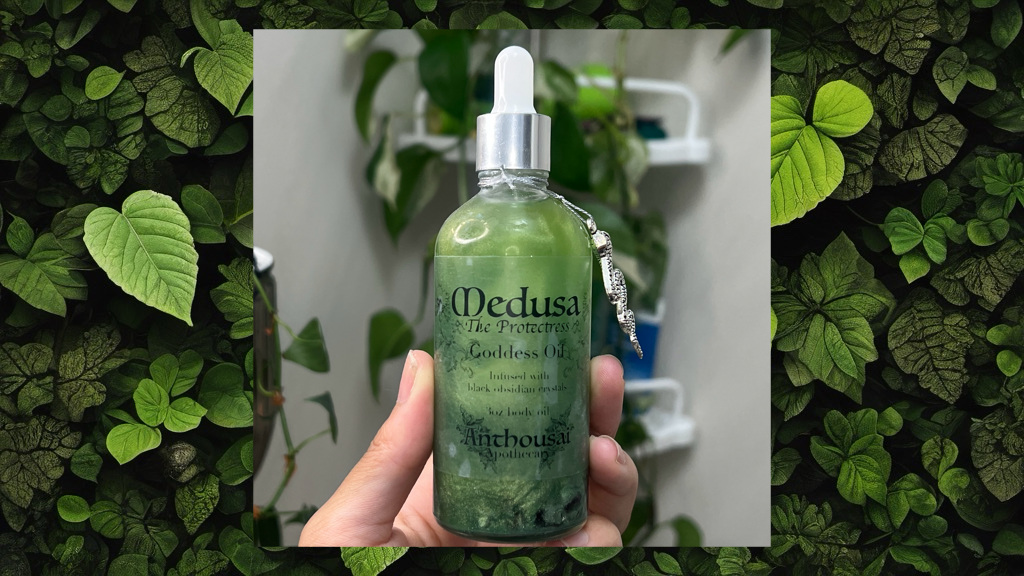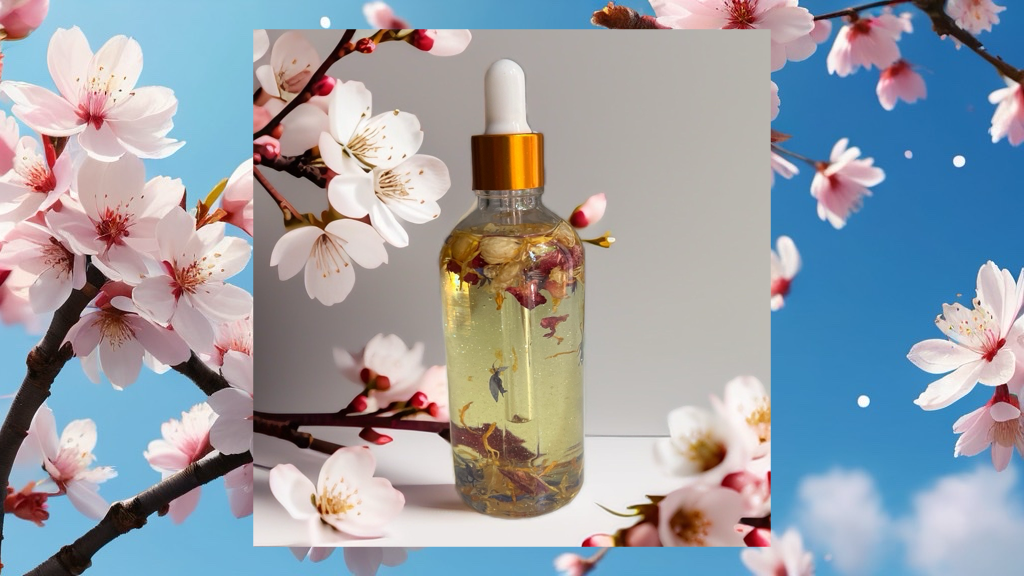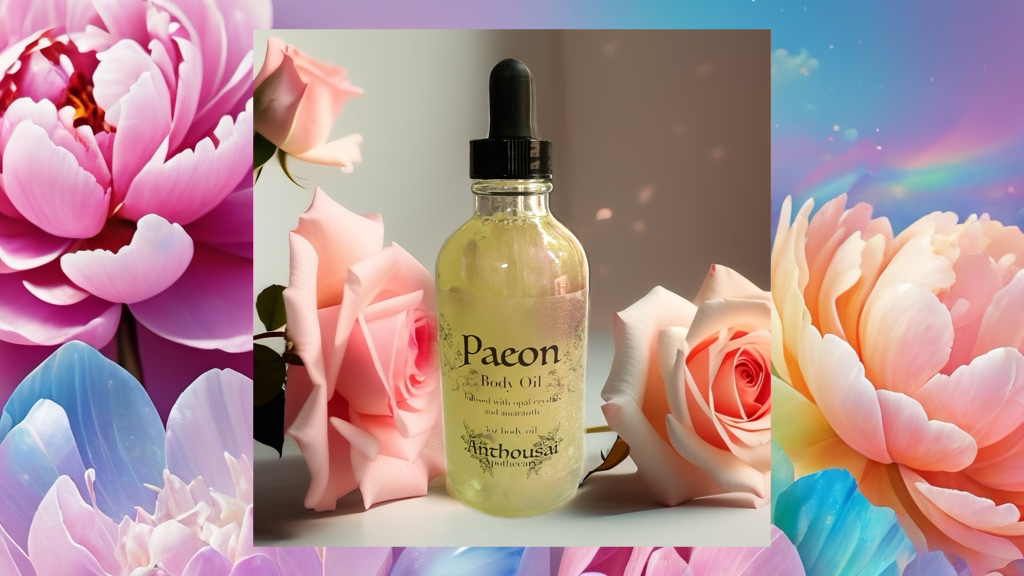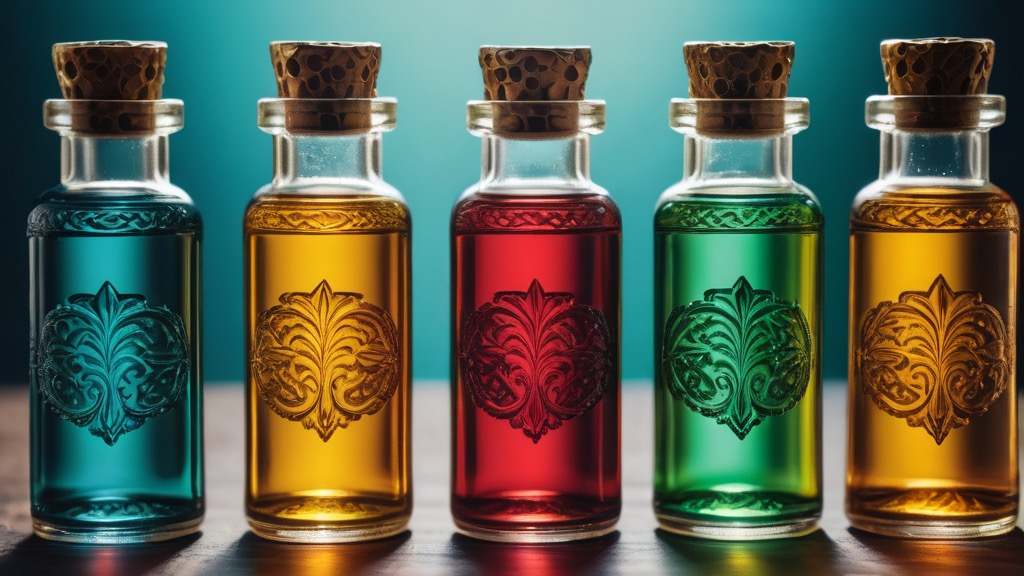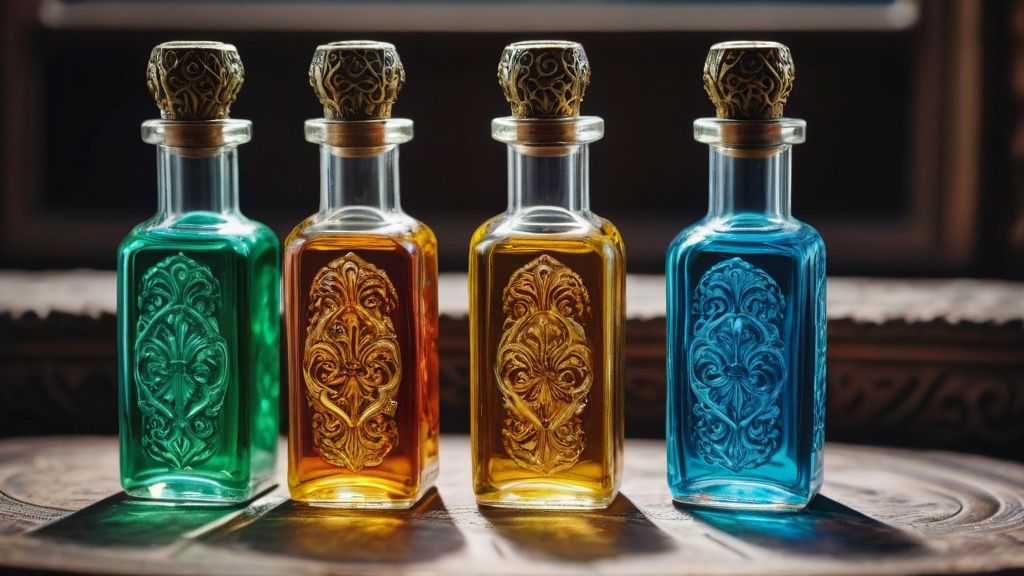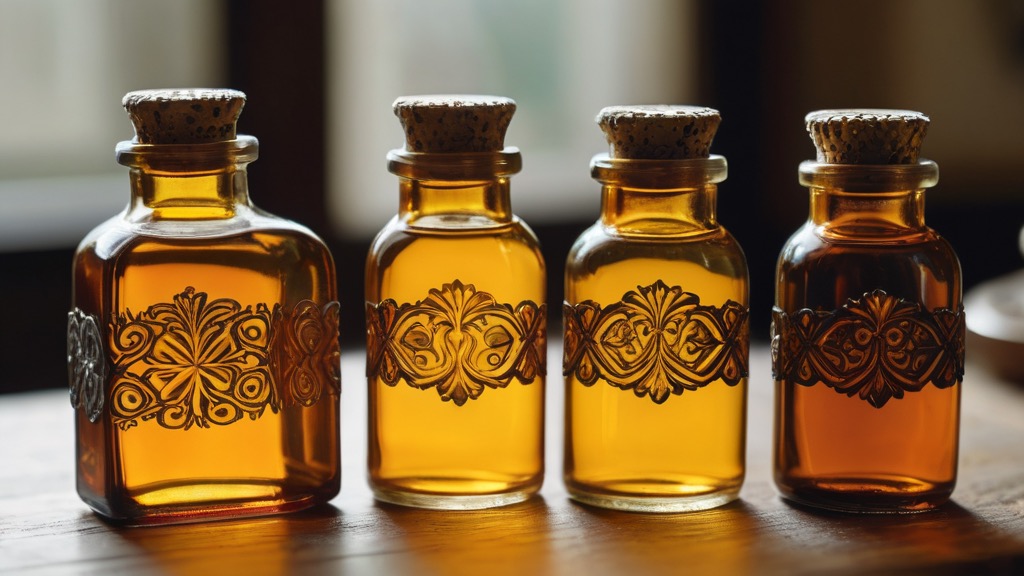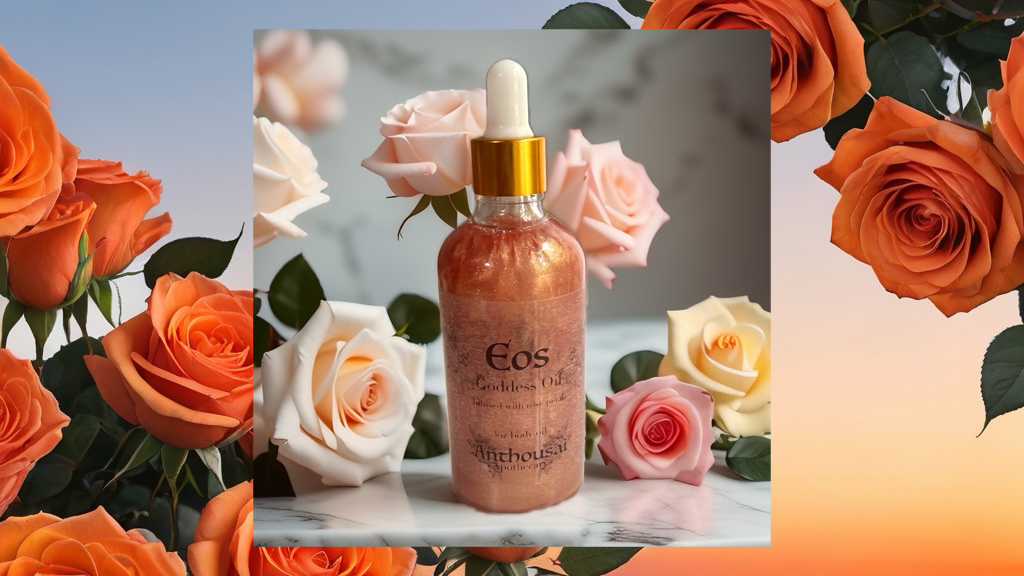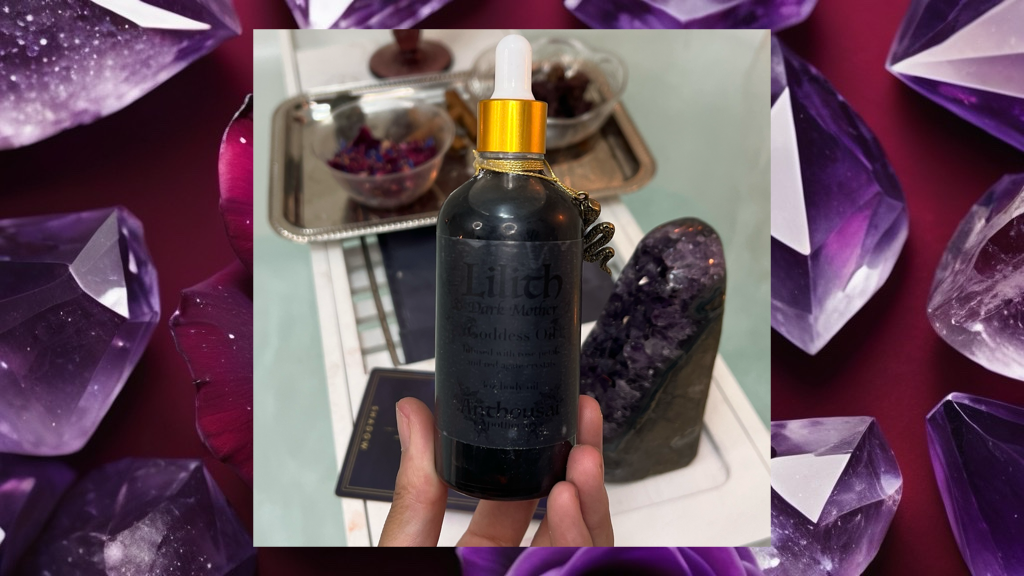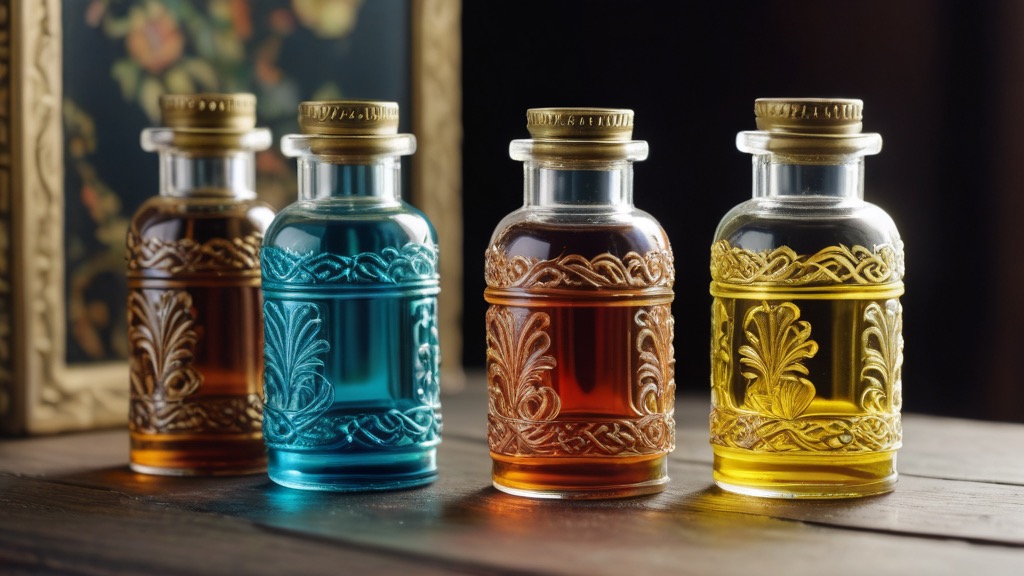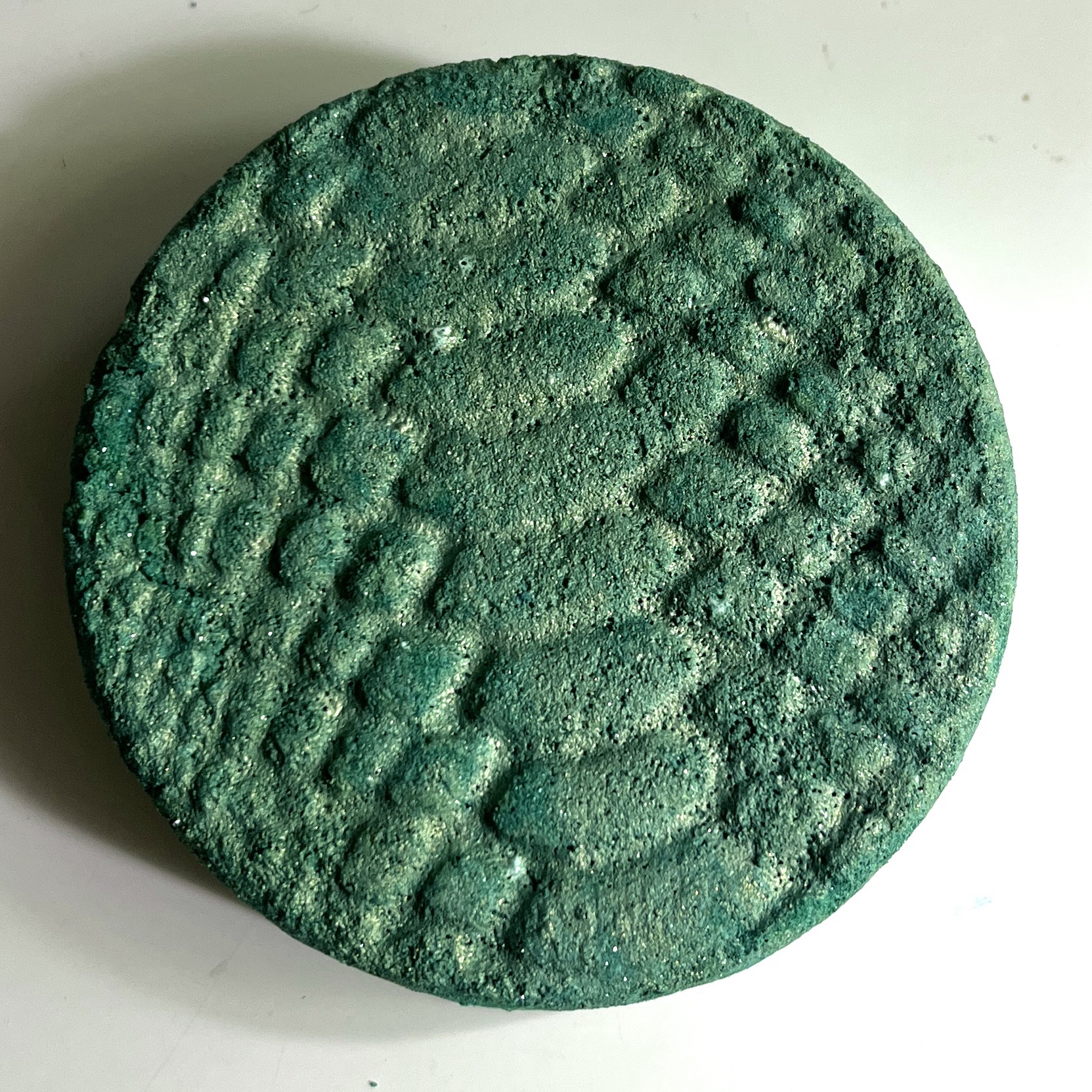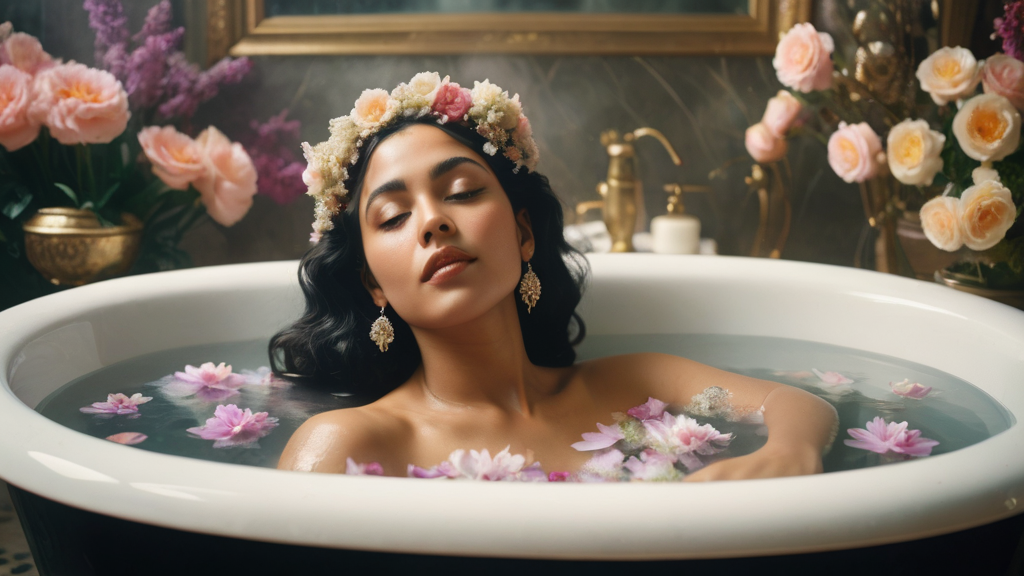
Skincare has become a crucial part of our daily routines, and with the growing number of options available, it can be overwhelming to know which products are best for our skin. Among the many skincare ingredients, glycerin stands out for its remarkable ability to hydrate, soothe, and heal the skin. But did you know that there’s another humectant with similar benefits—sorbitol? This article will dive into the benefits of glycerin, sorbitol, and their role in skincare, with a special focus on our own transparent soap at Anthousai Apothecary, which incorporates these incredible ingredients to help nourish your skin.
What is Glycerin and Why Should You Care?

Let’s start with the basics. Glycerin, also known as glycerol, is a natural compound often found in soaps, moisturizers, and other skincare products. It is derived from plant oils, making it an excellent choice for those who prefer natural ingredients. Glycerin is a humectant, which means it attracts moisture from the air and locks it into the skin. This ability to draw moisture is one of the reasons glycerin has become so popular in skincare products.
The benefits of glycerin are vast, making it suitable for a variety of skin types, especially dry and sensitive skin. When used in skincare, glycerin helps to hydrate the skin, leaving it feeling soft, smooth, and nourished. This also makes glycerin an ideal ingredient for individuals dealing with conditions like eczema, sunburns, and acne, as it soothes irritation and promotes healing.
What is Sorbitol and How Does It Compare to Glycerin?
You might be familiar with sorbitol as a sugar substitute, but did you know it’s also a fantastic skincare ingredient? Like glycerin, sorbitol is a vegetable-based humectant. It’s naturally derived from fruits like apples and pears, and its primary role in skincare is to attract and retain moisture in the skin. Sorbitol is often used as a replacement for glycerin in some formulations, and it shares many of the same benefits.
At Anthousai Apothecary, we use sorbitol in our transparent bar soaps, which adds a gentle moisturizing element to every wash. Just like glycerin, sorbitol helps to keep the skin hydrated, which is essential for maintaining a healthy, balanced complexion. In fact, sorbitol is known for its ability to promote smoother skin and prevent dryness, which makes it perfect for anyone with sensitive or easily irritated skin.
The Benefits of Glycerin and Sorbitol for Your Skin
1. Deep Hydration for Dry Skin
The main benefit of both glycerin and sorbitol is their ability to draw moisture from the air and lock it into the skin. For those struggling with dry skin, these ingredients are a game changer. Glycerin and sorbitol hydrate the skin and help prevent moisture loss, leaving your skin feeling soft and smooth. Unlike many traditional soaps that can leave your skin feeling tight or dry, Anthousai Apothecary’s transparent soap will gently cleanse while maintaining moisture.
2. Soothing and Healing Sensitive Skin
If you have sensitive skin, you may have experienced irritation or discomfort from other skincare products. Glycerin is gentle on the skin, making it an excellent choice for those with delicate skin conditions such as eczema, rosacea, or acne. Its moisturizing properties help relieve dryness and soothe irritated skin. Similarly, sorbitol helps reduce skin discomfort and can promote healing, making it a great addition to your skincare routine if you’re prone to flare-ups or irritation.
3. Aiding in Skin Repair and Regeneration
Both glycerin and sorbitol are known for their healing properties. If your skin is recovering from acne, sunburns, or minor cuts, these humectants help to repair the skin barrier and promote faster healing. By keeping the skin hydrated, they encourage the regeneration of healthy skin cells. This is why glycerin soaps and sorbitol-infused products can be so effective in maintaining smooth, healthy skin even after damage.
4. Enhancing Skin Barrier Function
One of the most important functions of our skin is its barrier, which prevents water loss and protects us from harmful environmental factors. Glycerin helps improve the skin’s barrier function, making it more resilient to damage from pollutants, bacteria, and other irritants. Sorbitol also supports the skin’s barrier by keeping the skin moisturized and reducing dryness, which can weaken the skin’s natural defense.
5. Brightening and Firming the Skin
Glycerin not only moisturizes but also helps improve skin tone and texture. It helps brighten the skin, making it appear healthier and more radiant. Sorbitol can also help with skin firming, giving your skin a more youthful and supple look. For those concerned about fine lines or wrinkles, using products with glycerin or sorbitol can help keep the skin plump and hydrated, reducing the appearance of age lines.
How Glycerin and Sorbitol Work Together in Anthousai Apothecary’s Transparent Soap

At Anthousai Apothecary, we understand the importance of natural skincare products, which is why we have crafted our transparent soap with sorbitol to deliver maximum hydration and skin-loving benefits. Our transparent soap bars are carefully formulated with vegetable-based oils and infused with sorbitol, which acts like glycerin to draw moisture to the skin and keep it locked in.
Unlike regular soaps that may strip the skin of its natural oils, Anthousai Apothecary’s soap is designed to nourish and protect your skin. The transparency of our soap is a testament to the high-quality, pure ingredients used in each bar. Whether you choose our Rosemary Mint or Lavender Chamomile scent, you can rest assured that each wash will leave your skin feeling soft, hydrated, and rejuvenated.
The Best Way to Incorporate Glycerin and Sorbitol into Your Routine
Now that you know the benefits of glycerin and sorbitol, how can you incorporate them into your skincare routine? Here’s a simple guide:
1. Start with a Gentle Cleanser
Use Anthousai Apothecary’s transparent soap to gently cleanse your skin without stripping it of moisture. The sorbitol in the soap will hydrate your skin while removing impurities, leaving your skin feeling refreshed.
2. Follow with a Moisturizing Toner or Serum
After cleansing, apply a glycerin-based toner or serum to further hydrate and prepare your skin to absorb the next steps in your routine.
3. Lock in Moisture with a Rich Cream or Lotion
Finish your routine with a glycerin- or sorbitol-based moisturizer to lock in hydration and keep your skin soft and smooth throughout the day.
4. Use Regularly
For the best results, use glycerin and sorbitol-infused products daily. Consistency is key to maintaining hydrated, healthy skin.
Why Choose Glycerin and Sorbitol for Your Skin?
Glycerin and sorbitol are both incredibly effective, natural ingredients that can make a noticeable difference in the health and appearance of your skin. Whether you’re dealing with dryness, irritation, or signs of aging, these humectants help to moisturize, soothe, and repair. At Anthousai Apothecary, we harness the power of glycerin and sorbitol in our transparent soaps to give you the ultimate skin-loving experience.
By choosing products that contain glycerin and sorbitol, you’re opting for gentle, natural skincare that will keep your skin healthy, glowing, and nourished. Try our transparent soap today and discover the magic of moisture-locking ingredients for yourself.
Conclusion: The Path to Healthier, Happier Skin
Incorporating glycerin and sorbitol into your skincare routine can provide incredible benefits, from hydration to healing. Whether you have dry skin, eczema, or just want to keep your skin feeling soft and refreshed, these humectants are the key to maintaining a healthy, balanced complexion.
With Anthousai Apothecary’s transparent soap, you can experience the nourishing benefits of sorbitol and glycerin in every wash. Your skin deserves the best, and these ingredients are here to deliver just that. So why not treat your skin to the moisturizing power of glycerin and sorbitol today?







